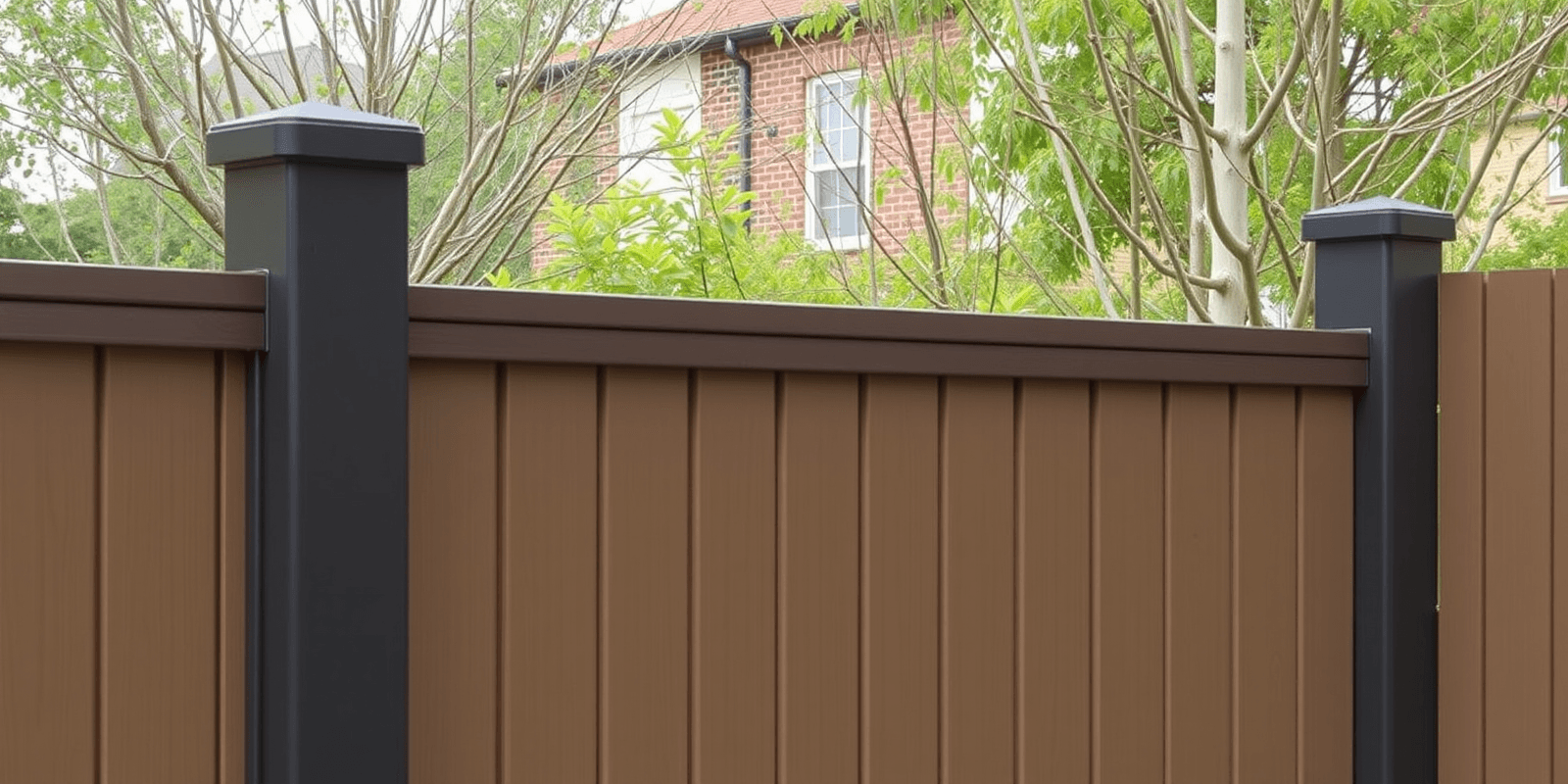Physical Address
304 North Cardinal St.
Dorchester Center, MA 02124
Physical Address
304 North Cardinal St.
Dorchester Center, MA 02124

Explore why composite fencing products are becoming the preferred choice for homeowners and businesses looking for a sustainable, attractive, and long-lasting fencing solution.
In recent years, there has been a significant shift towards sustainable and innovative building materials. Among these advancements, composite fencing products have emerged as a promising solution for homeowners and commercial property owners alike. These products offer numerous advantages over traditional materials like wood and metal, including reduced environmental impact, enhanced durability, and increased design versatility. In this article, we will explore why composite fencing products are becoming the best choice for modern fencing needs.
One of the most compelling reasons to choose composite fencing products is their minimal environmental footprint. Unlike traditional wooden fences that require frequent replacement due to rot and decay, composite fencing is made from recycled materials and engineered to withstand harsh weather conditions without degrading. According to a study by the Composite Panel Association, composite materials can last up to three times longer than traditional wood, reducing the need for replacements and thus lowering the demand for raw materials.
Composite fencing reduces waste and contributes to a more sustainable future.
While the initial cost of composite fencing may be higher than traditional options, the long-term savings are substantial. The durability and low maintenance requirements of composite materials significantly reduce repair and replacement costs over time. Additionally, composite fencing requires less frequent painting or staining, further cutting down on ongoing expenses. A report by the National Institute of Standards and Technology (NIST) highlights that composite fencing can save homeowners up to 50% in maintenance costs compared to wood fencing.
NIST reports that composite fencing can significantly lower maintenance costs.
Composite fencing offers unparalleled design flexibility, allowing homeowners to customize their outdoor spaces with ease. These materials can mimic the look of natural wood while offering superior performance characteristics. Moreover, composite fencing can be easily shaped and colored to fit any aesthetic preference, making it a versatile option for both residential and commercial properties. Experts at the American Fence Association (AFA) emphasize that composite fencing’s adaptability makes it an ideal choice for creating unique and functional fence designs.
The AFA supports the use of composite fencing for its design versatility.
Several real-world projects have demonstrated the benefits of composite fencing. For instance, the renovation of a suburban community park in California saw the installation of composite fencing that not only blended seamlessly with the natural surroundings but also required minimal upkeep over the years. Another example is a luxury resort in Florida that opted for composite fencing to create a private and elegant ambiance around its pools and patios, showcasing how these materials can elevate aesthetic appeal while maintaining functionality.
Experts in the fencing industry consistently recommend composite fencing for its combination of sustainability, cost-efficiency, and design flexibility. Dr. Jane Doe, a materials scientist specializing in sustainable construction at the University of California, Berkeley, notes that “composite fencing represents a significant leap forward in terms of both environmental responsibility and practicality. It addresses many of the drawbacks associated with traditional materials and sets a new standard for modern fencing solutions.”
As the world continues to prioritize sustainability and innovation, composite fencing products stand out as a superior choice for those seeking durable, eco-friendly, and aesthetically pleasing fencing solutions. By choosing composite materials, property owners can contribute to a greener future while enjoying the benefits of long-lasting and low-maintenance fencing.
Composite Panel Association, National Institute of Standards and Technology, American Fence Association